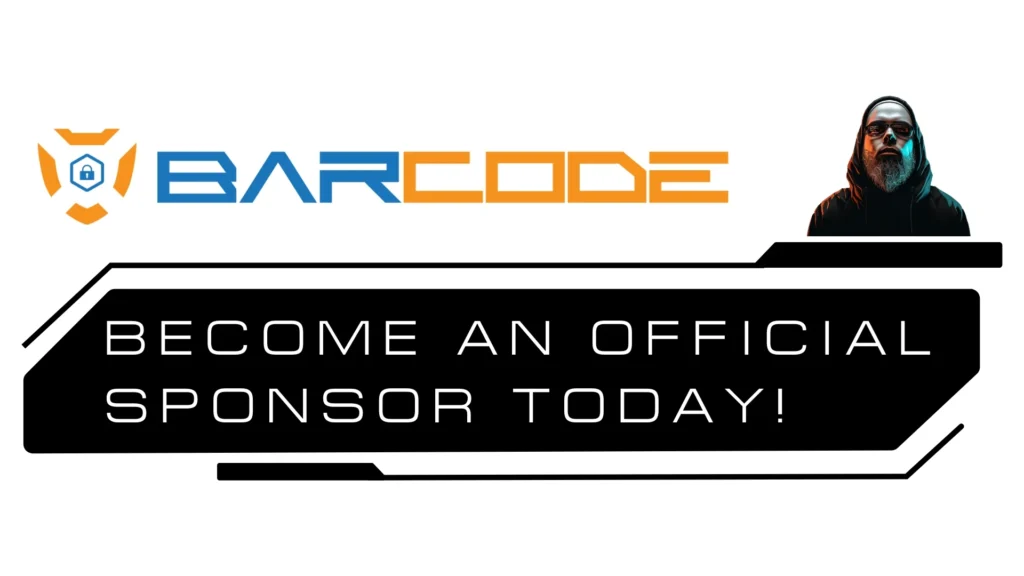Torque is the force that keeps a system stable and in motion—just like cybersecurity, where constant pressure, precision, and adaptability are critical to staying ahead of threats. Curt Vincent knows this well, having transitioned from troubleshooting turbine engines in the Army to leading cybersecurity at the highest levels of Wall Street. A retired U.S. Army Lieutenant Colonel with tech-heavy deployments in Desert Storm and post-9/11 cyber warfare, Curt went on to build and lead Morgan Stan…






